Home>Renovation & DIY>Home Renovation Guides>How To Organize For A Move


Home Renovation Guides
How To Organize For A Move
Published: March 2, 2024
Discover expert tips on organizing for a move while renovating your home with our comprehensive home renovation guides. Streamline your moving process today!
(Many of the links in this article redirect to a specific reviewed product. Your purchase of these products through affiliate links helps to generate commission for Storables.com, at no extra cost. Learn more)
Planning Your Move
Moving to a new home can be an exciting yet daunting task. To ensure a smooth and organized move, it's crucial to plan ahead. Here are some essential steps to consider when planning your move:
-
Create a Timeline: Start by creating a timeline that outlines all the tasks you need to accomplish before the moving day. This will help you stay organized and on track with your preparations.
-
Budgeting: Moving can incur various expenses, from packing materials to hiring a moving company. It's important to establish a budget to avoid overspending. Factor in costs such as packing supplies, moving services, and any additional expenses related to the move.
-
Research Your New Area: If you're moving to a new neighborhood or city, take the time to research the area. Familiarize yourself with the local amenities, schools, healthcare facilities, and other essential services. This will help you adjust to your new surroundings more easily.
-
Gather Packing Supplies: Start collecting packing supplies such as boxes, tape, bubble wrap, and markers. You can often find free boxes at local grocery stores or liquor stores. Additionally, consider investing in sturdy boxes to ensure the safety of your belongings during the move.
-
Create an Inventory: Take inventory of your belongings and decide what you want to take with you to your new home. This is also a great opportunity to declutter and get rid of items you no longer need. Consider donating, selling, or disposing of items that are no longer useful to you.
-
Notify Relevant Parties: Inform relevant parties about your upcoming move, including your utility providers, insurance companies, and any subscriptions or memberships you may have. This will ensure a smooth transition and prevent any disruptions to essential services.
-
Arrange for Child and Pet Care: If you have children or pets, consider arranging for their care on the day of the move. This will allow you to focus on the moving process without worrying about their safety and well-being.
By carefully planning each step of your move, you can alleviate stress and ensure that everything runs smoothly on the big day. Remember, organization is key to a successful move!
Key Takeaways:
- Plan ahead by creating a timeline, budgeting, and researching your new area to ensure a smooth and organized move. Don’t forget to declutter and notify relevant parties for a stress-free transition.
- Pack room by room, protect fragile items, and label boxes to ensure a smooth transition. Hire a reputable moving company and notify important parties for a seamless move.
Read more: How To Move A Wardrobe
Decluttering Your Home
Decluttering your home is an essential step in preparing for a move. It not only helps reduce the number of items you need to pack and transport but also ensures that you start fresh in your new space. Here's how to effectively declutter your home before a move:
-
Start Early: Begin the decluttering process well in advance of your move. This will give you ample time to sort through your belongings and make thoughtful decisions about what to keep, donate, or discard.
-
Room-by-Room Approach: Tackle one room at a time to avoid feeling overwhelmed. Start with areas that tend to accumulate the most clutter, such as the garage, attic, or storage closets.
-
The Three-Box Method: As you go through your belongings, use the three-box method: one box for items to keep, one for donations, and one for items to discard. This method helps streamline the decluttering process and keeps you organized.
-
Consider Utility: When deciding whether to keep or discard an item, consider its utility and relevance to your new home. If you haven't used or needed an item in the past year, it may be time to let it go.
-
Sentimental Items: While it's important to declutter, it's also okay to keep sentimental items that hold special meaning for you. Just be mindful of not holding onto items out of guilt or obligation.
-
Digital Decluttering: Don't forget to declutter your digital space as well. Sort through your computer files, emails, and digital documents, deleting or organizing as needed.
-
Donate and Recycle: Instead of throwing away usable items, consider donating them to local charities or recycling them. This not only reduces waste but also benefits those in need.
-
Sell Unwanted Items: If you have valuable items that you no longer need, consider selling them online or organizing a garage sale. This can help offset some of the moving expenses.
By decluttering your home before a move, you'll not only make the packing process more manageable but also start your new chapter with a sense of organization and clarity.
Packing Your Belongings
Packing your belongings is a crucial aspect of the moving process. Proper packing ensures that your items are well-protected during transit and makes unpacking more manageable at your new home. Here's a detailed guide on how to pack your belongings effectively:
-
Gather Packing Materials: Before you start packing, gather all the necessary packing materials such as sturdy boxes in various sizes, bubble wrap, packing paper, packing tape, and markers. Having these supplies on hand will streamline the packing process.
-
Pack Room by Room: To maintain organization, pack one room at a time. Label each box with the room it belongs to and a brief description of its contents. This will make it easier to unpack and locate specific items later.
-
Protect Fragile Items: Use ample cushioning materials such as bubble wrap, packing paper, or foam to protect fragile items like glassware, ceramics, and electronics. Wrap each item individually and fill any empty spaces in the box to prevent shifting during transit.
-
Heavy Items at the Bottom: When packing boxes, place heavier items at the bottom and lighter items on top. This helps maintain the stability of the boxes and prevents damage to delicate items.
-
Clothing and Linens: Utilize your clothing and linens as additional padding for fragile items. Wrap breakables in clothing or use towels and linens to cushion items within boxes.
-
Labeling and Inventory: Clearly label each box with its contents and the room it belongs to. Consider creating an inventory list that corresponds to the numbered boxes. This will help you keep track of your belongings and ensure nothing gets misplaced during the move.
-
Essential Box: Pack a separate box containing essential items you'll need immediately upon arrival at your new home. This may include toiletries, a change of clothes, important documents, and basic kitchen supplies.
-
Disassemble Furniture: If possible, disassemble large furniture pieces to make them easier to transport. Keep all hardware and assembly instructions in clearly labeled bags or containers.
-
Utilize Small Boxes for Heavy Items: When packing heavy items such as books, use smaller boxes to prevent them from becoming too heavy to lift. Distribute the weight evenly and reinforce the bottom of the boxes with extra tape.
-
Seal Boxes Securely: Once a box is packed, seal it securely with packing tape. Reinforce the bottom and edges of the box to ensure it can withstand the weight of its contents.
By following these packing tips, you can ensure that your belongings are well-protected and organized for a smooth transition to your new home.
Start by decluttering and getting rid of items you no longer need. Then, pack room by room and label boxes clearly. Finally, create a moving checklist to stay organized and on track.
Hiring a Moving Company
When it comes to the physical aspect of moving, hiring a reputable moving company can significantly ease the burden of transporting your belongings to your new home. Here's a detailed guide on how to go about hiring a moving company for a smooth and efficient move:
-
Research and Get Recommendations: Start by researching moving companies in your area and ask for recommendations from friends, family, or real estate agents. Reading online reviews and checking the company's credentials and affiliations can also provide valuable insights into their reputation and reliability.
-
Obtain Multiple Quotes: Contact several moving companies to obtain detailed quotes for their services. Be sure to request in-home estimates, as this allows the movers to assess the scope of the move accurately. Compare the quotes and services offered by each company to make an informed decision.
-
Check Licensing and Insurance: Verify that the moving company is properly licensed and insured. This ensures that your belongings are protected in the event of any unforeseen incidents during the move. A reputable moving company will readily provide proof of their licensing and insurance coverage.
-
Understand Services Offered: Inquire about the specific services offered by the moving company. This may include packing, loading, transportation, unloading, and unpacking. Clarify any additional services or fees to ensure that you have a comprehensive understanding of what is included in the moving package.
-
Ask About Experience and Expertise: Inquire about the experience and expertise of the moving company. A company with a proven track record of successful moves and experienced staff is more likely to handle your belongings with care and professionalism.
-
Discuss Scheduling and Logistics: Communicate your preferred moving dates and any specific logistical challenges related to your move. Ensure that the moving company can accommodate your timeline and address any concerns you may have about the logistics of the move.
-
Review the Contract Thoroughly: Before finalizing the agreement, carefully review the moving contract. Pay attention to the terms and conditions, including the pricing structure, payment schedule, and any additional services or fees. Seek clarification on any ambiguous clauses before signing the contract.
-
Prepare for Moving Day: Once you've selected a moving company, communicate with them regularly leading up to the moving day. Confirm the details of the move, including the timeline, packing requirements, and any specific instructions for the movers.
By following these steps and thoroughly vetting potential moving companies, you can ensure a seamless and stress-free moving experience with a trusted and reliable moving partner.
Notifying Important Parties
Notifying important parties about your upcoming move is crucial to ensure a smooth transition and prevent any disruptions to essential services. Here's a detailed guide on who to notify and what to consider when informing important parties about your move:
-
Utility Providers: Contact your utility providers, including electricity, water, gas, and internet services, to schedule disconnection at your current address and connection at your new address. Ensure that the transition aligns with your moving dates to avoid any service gaps.
-
Insurance Companies: Notify your insurance providers, including home, auto, and health insurance, about your change of address. This ensures that you receive important policy updates and that your coverage remains valid at your new location.
-
Financial Institutions: Inform your bank, credit card companies, and any other financial institutions about your change of address. This ensures that you continue to receive important financial documents and that your accounts are updated with your new contact information.
-
Government Agencies: Update your address with government agencies such as the postal service, the Department of Motor Vehicles (DMV), and the Internal Revenue Service (IRS). This ensures that you receive important mail and that your tax and vehicle registration information is up to date.
-
Healthcare Providers: If you have regular healthcare providers, such as doctors, dentists, or specialists, notify them of your move. Request to have your medical records transferred to a healthcare provider in your new area to ensure continuity of care.
-
Subscriptions and Memberships: Review your subscriptions and memberships, such as magazines, newspapers, gym memberships, and professional associations. Notify them of your change of address and update your contact information to avoid missed deliveries or communications.
-
Schools and Daycares: If you have children, notify their schools or daycares about your move. Ensure that their records are updated with the new address and that any necessary transfer of records is completed.
-
Employer and HR Department: Inform your employer and the HR department about your change of address. This ensures that important employment-related documents and communications are sent to the correct address.
By proactively notifying these important parties about your move, you can minimize the risk of disruptions and ensure a seamless transition to your new home.
Read more: How To Move A Freezer
Preparing Your New Home
Preparing your new home for your arrival is an essential step in ensuring a smooth transition and settling into your new space. Here's a detailed guide on how to prepare your new home before moving in:
-
Deep Cleaning: Before moving your belongings into the new home, consider giving it a thorough deep cleaning. This includes dusting, vacuuming, mopping floors, cleaning windows, and sanitizing surfaces. A clean and fresh environment will make the move-in process more pleasant.
-
Utilities Setup: Contact the utility providers at your new address to schedule the setup of essential services such as electricity, water, gas, and internet. Ensure that these services are activated before your move-in date to avoid any inconvenience.
-
Security Measures: Assess the security of your new home and consider installing or updating security measures such as locks, alarms, and outdoor lighting. This will help ensure the safety and security of your new residence.
-
Address Updates: Update your address with the postal service, as well as with any relevant institutions, organizations, and contacts. This includes updating your address for official documents, subscriptions, and any other essential communications.
-
Inspect for Repairs: Take the time to inspect the new home for any necessary repairs or maintenance tasks. This may include fixing leaky faucets, repairing minor damages, or addressing any issues that require immediate attention.
-
Unpack Essentials First: When you begin the unpacking process, prioritize unpacking essential items such as bedding, kitchen supplies, toiletries, and basic household tools. Having these essentials readily available will make the transition more comfortable.
-
Furniture Placement: Plan the layout and placement of your furniture in advance. Consider the functionality and flow of each room to optimize the use of space and create a welcoming environment.
-
Personal Touches: Add personal touches to your new home to make it feel more inviting and familiar. This may include hanging up family photos, artwork, or decor items that hold sentimental value.
-
Explore the Neighborhood: Take the time to explore your new neighborhood and familiarize yourself with nearby amenities such as grocery stores, parks, restaurants, and other essential services. This will help you feel more at home in your new surroundings.
-
Meet the Neighbors: Introduce yourself to your new neighbors and take the opportunity to build connections within the community. A friendly and welcoming neighborhood can contribute to a positive living experience.
By preparing your new home in advance, you can ensure a smooth and comfortable transition into your new living space, setting the stage for a positive and enjoyable living experience.
Frequently Asked Questions about How To Organize For A Move
Was this page helpful?
At Storables.com, we guarantee accurate and reliable information. Our content, validated by Expert Board Contributors, is crafted following stringent Editorial Policies. We're committed to providing you with well-researched, expert-backed insights for all your informational needs.

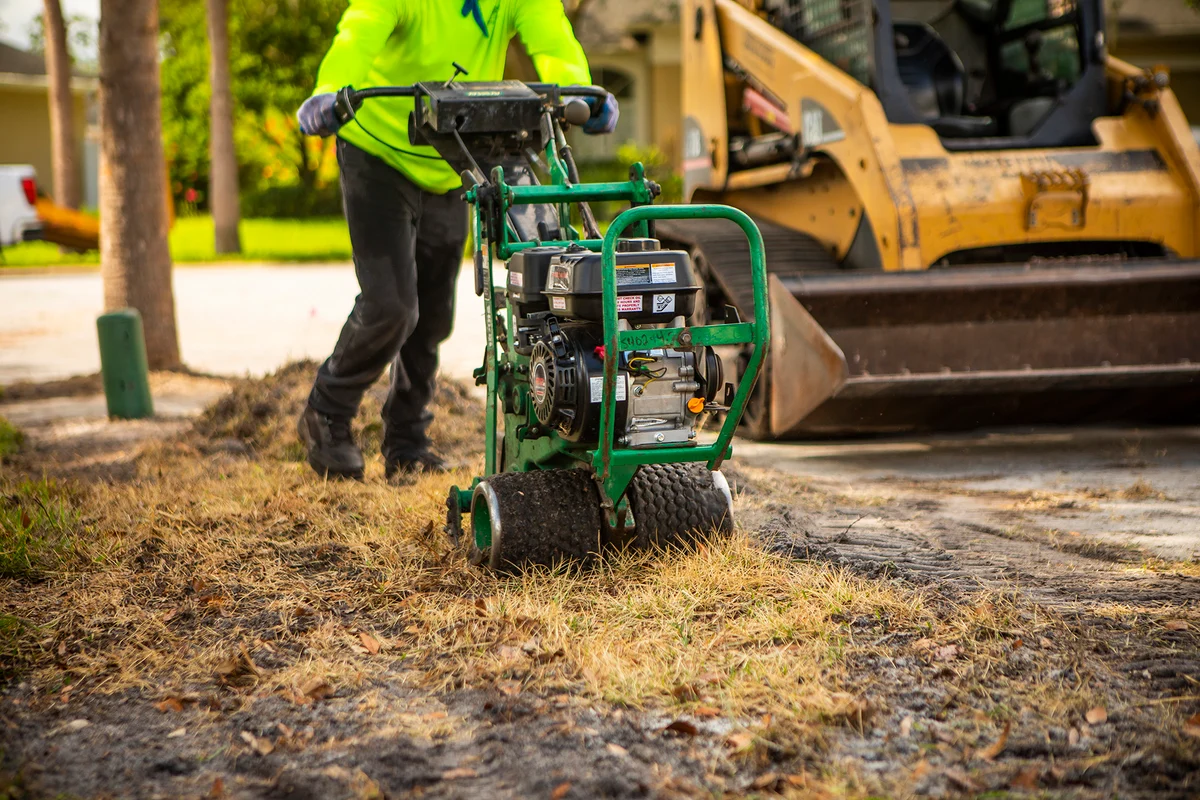
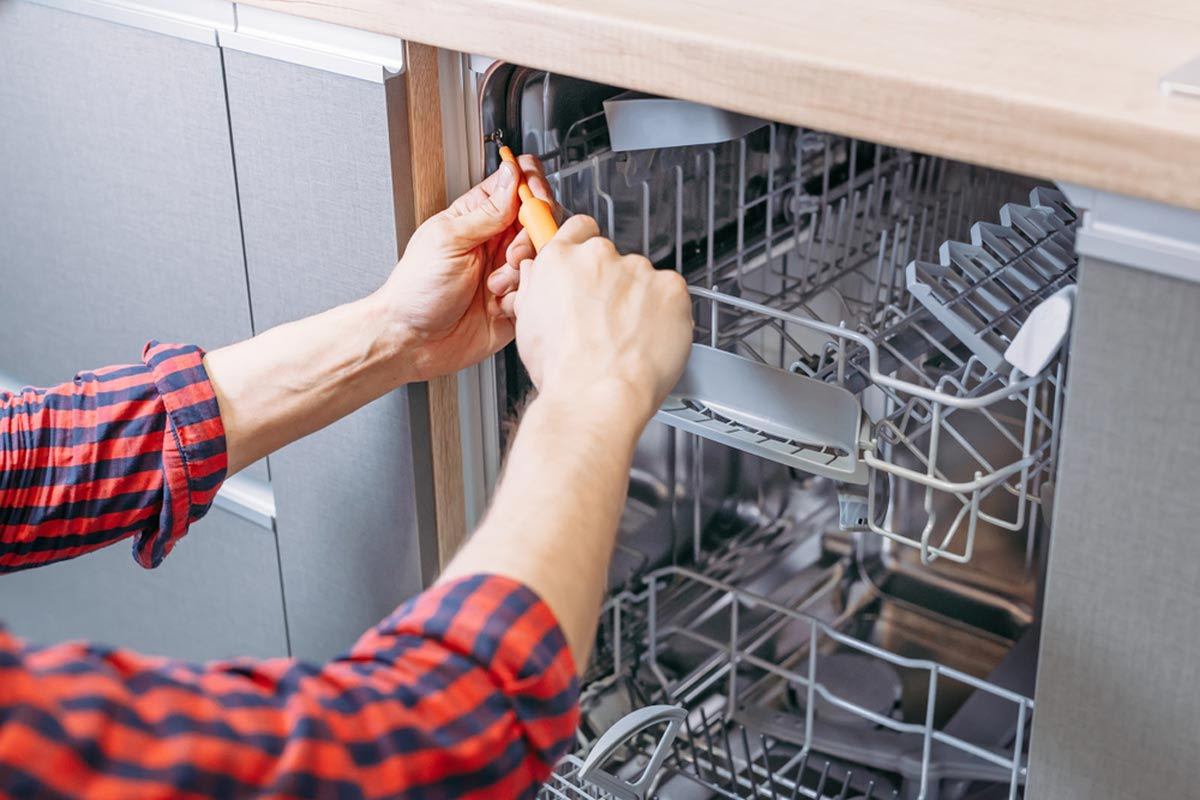
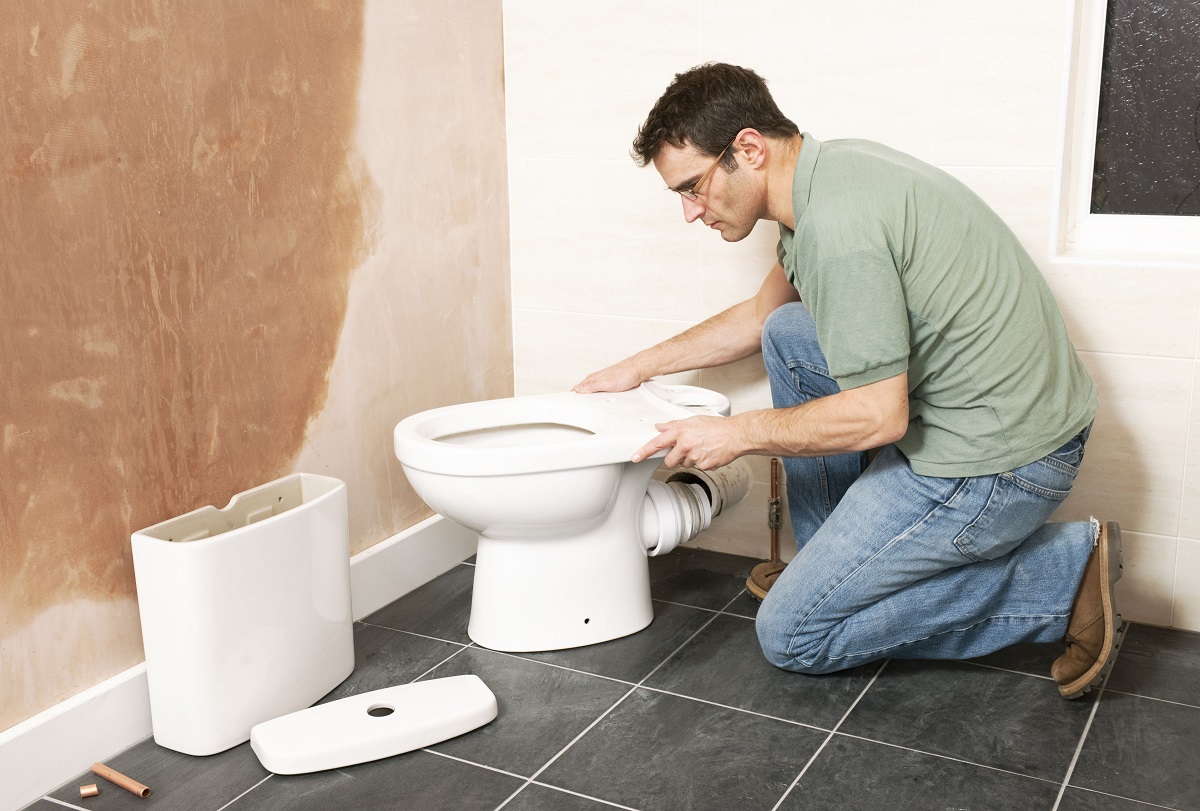

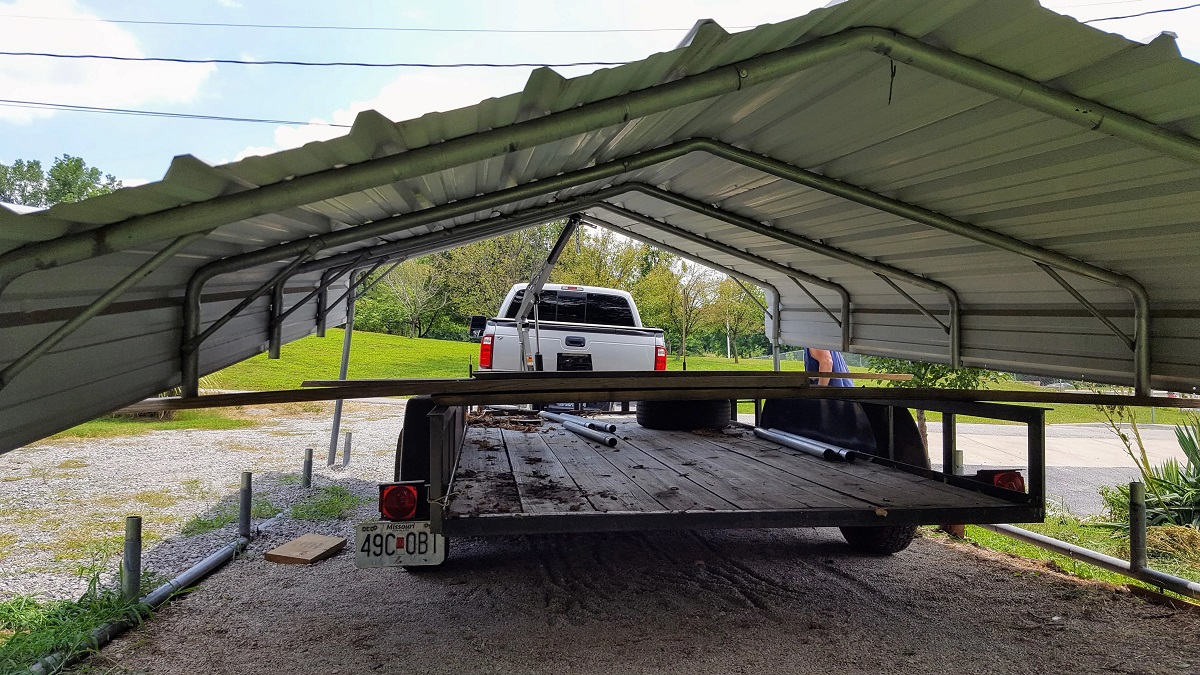
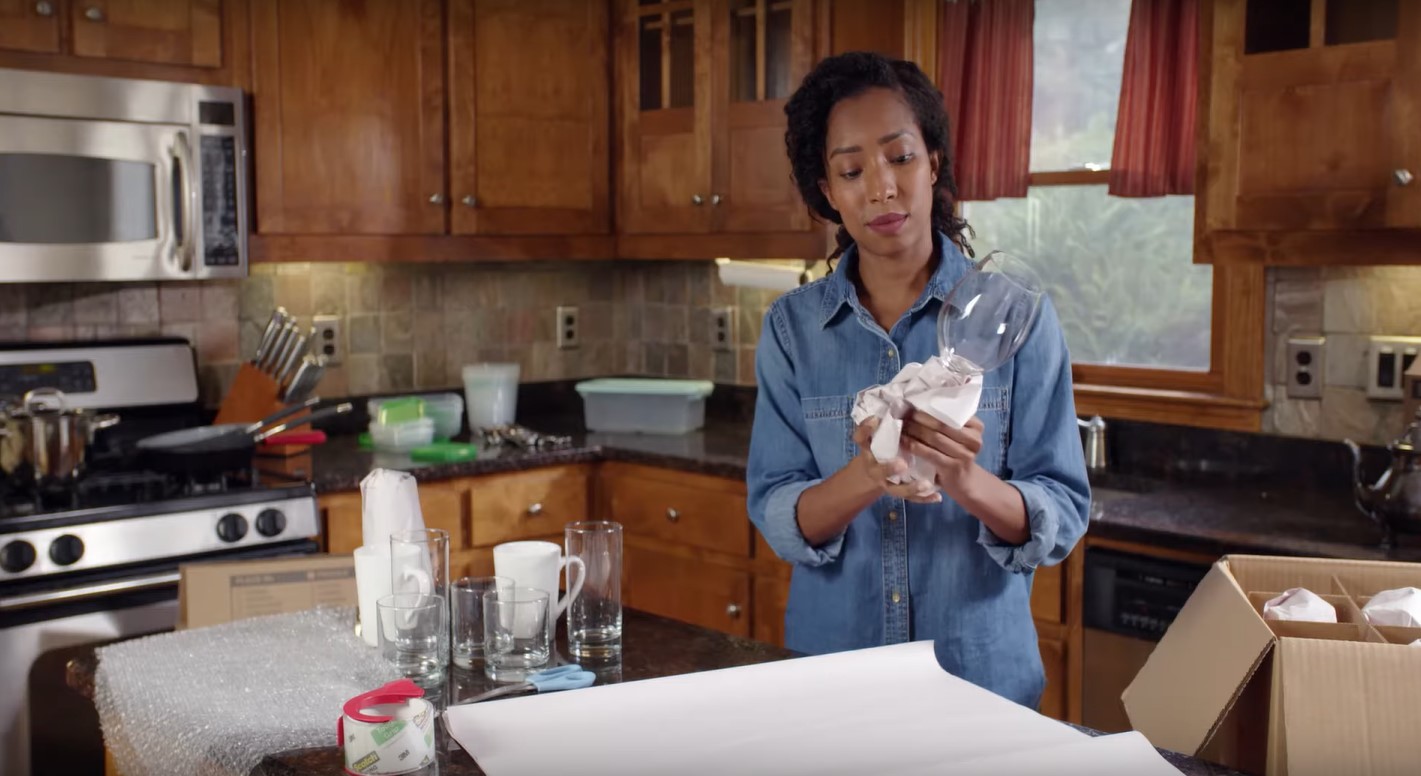


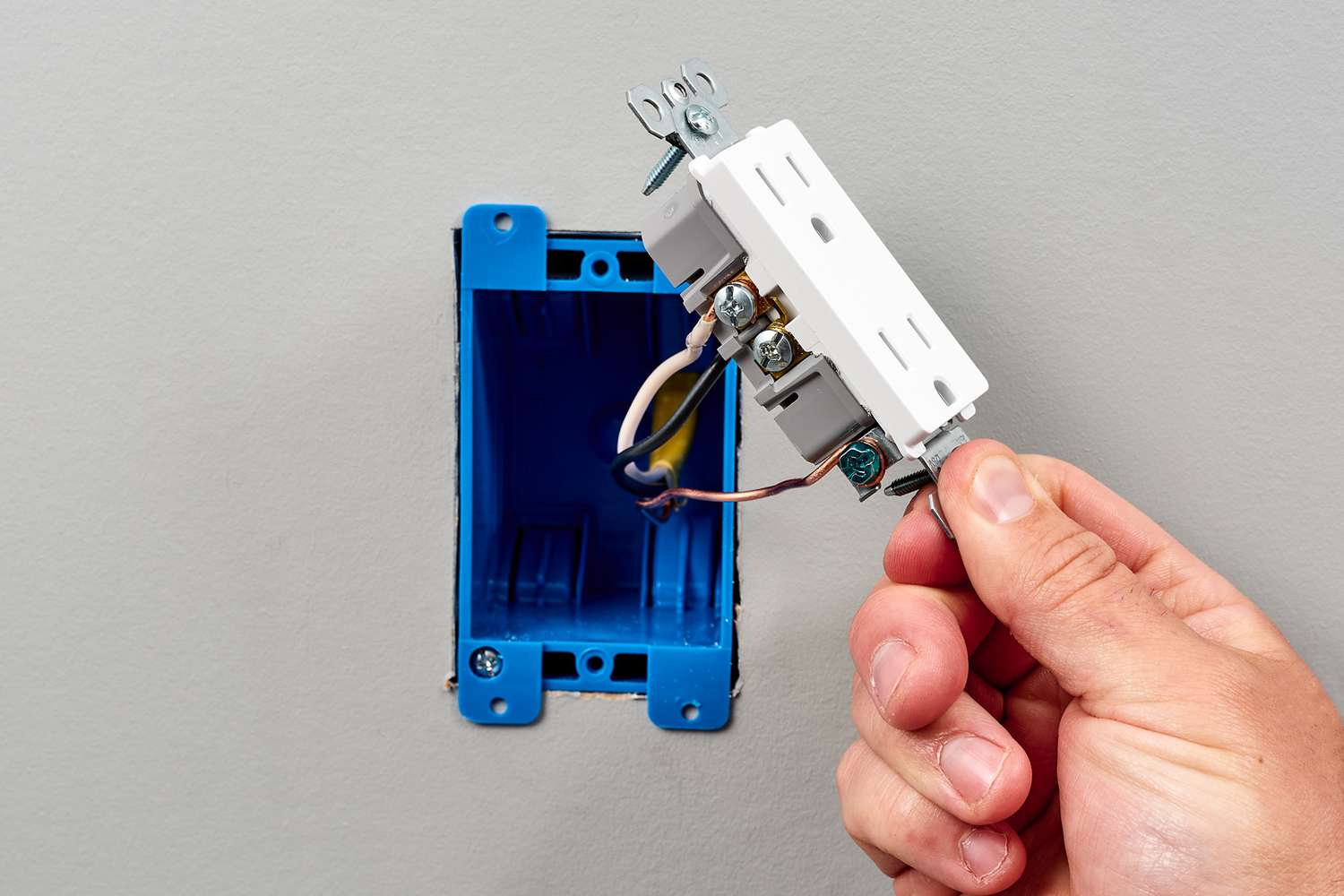



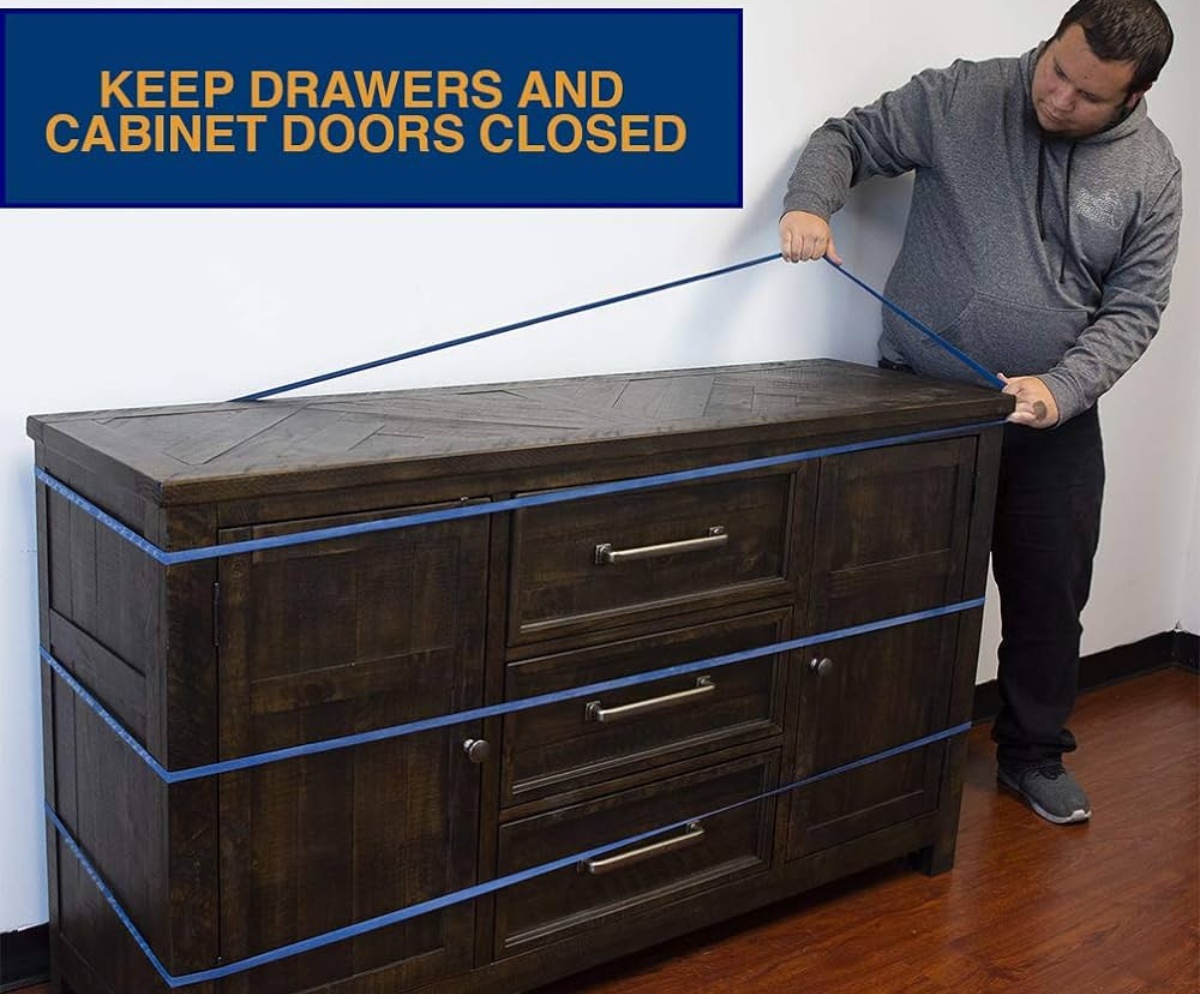

0 thoughts on “How To Organize For A Move”